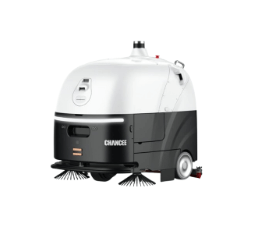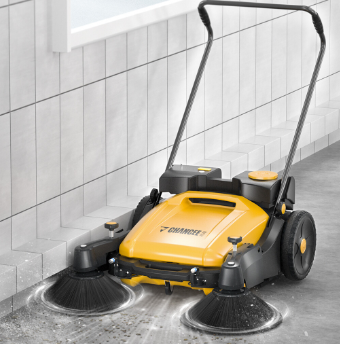Industrial sweepers play an important role in maintaining a clean and healthy environment in large spaces such as warehouses, factories and commercial areas. As they have become more affordable and popular, there have been concerns about their ability to ensure operator safety while providing a better cleaning service. In fact, manufacturers have focused on this issue and have implemented a number of measures to improve the reliability of these machines.

Protective equipment
Accidents are difficult to prevent, but measures can be taken to reduce their frequency and the damage they cause. Ride-on sweepers are fitted with various safety devices such as safety belts and emergency stop buttons. In addition, many ride-on sweepers are equipped with obstacle sensors that send messages to the operator to give him/her time to react.
Braking System
A reliable braking system is also essential. It must be sensitive enough to bring the machine to a quick and complete stop in an emergency. To maximize safety, manufacturers of ride-on sweepers have introduced various braking systems, such as hydraulic or electric brakes.
Visibility and lighting
Visibility is a critical safety feature in any machine, and ride-on sweepers are no exception. Manufacturers have introduced large windows and mirrors to provide a clear view of the machine's surroundings. In addition, modern ride-on sweepers are equipped with bright lighting systems that allow the operator to work safely in low-light conditions.
Dust Control System
Dust is a significant hazard when operating ride-on sweepers. To ensure operator safety, manufacturers have included dust control systems that capture and contain dust particles. These systems also prevent dust from being released into the air, creating a safer working environment for the operator and other employees in the workspace.
Maintenance Safety Features
Routine maintenance is necessary for the safe and effective operation of ride-on sweepers. Manufacturers have designed safety mechanisms to ensure that the maintenance process is risk-free for the operator. For example, some machines have locking mechanisms to prevent the machine from accidentally starting during maintenance, while others have automatic shutdown systems to prevent electronic shock and even fire accidents.












